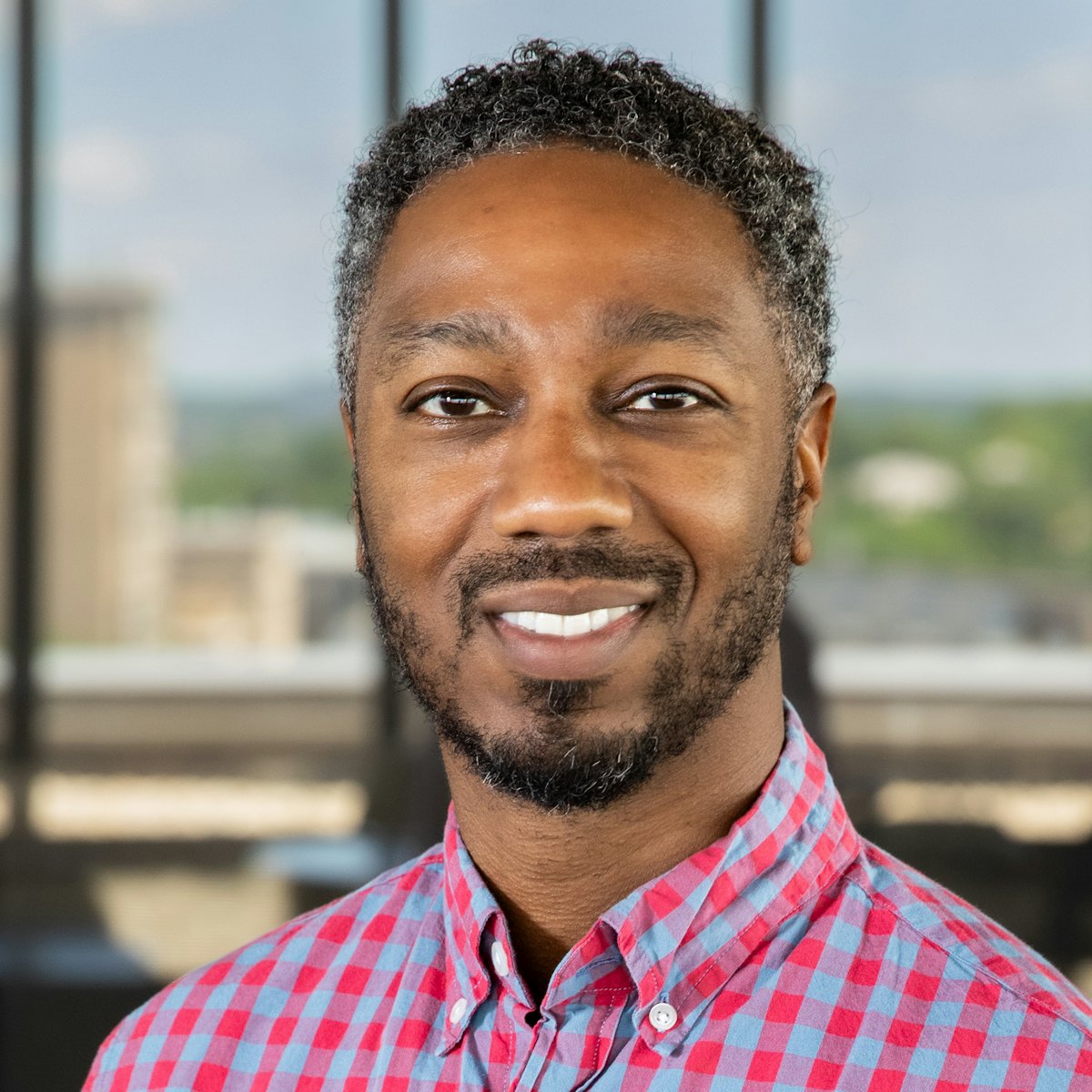It was a beautiful, sunny day that turned into a lovely, brisk night on Tuesday, November 4, 2008, the night then Sen. Barack Obama was elected the 44th President of the United States. That evening, I met with other scholars of color in graduate school for an election night party.
The election updates were electrifying – the possibility of the nation’s first Black president. But equally exhilarating was being surrounded by other brilliant scholars – all of whom were graduate students trying to figure out the mysteries of navigating a predominantly white university, and all of whom shared varied hues of melanin and traces of our Black and brown ancestors. Then, the announcement came: Barack Obama was victorious, the people had spoken and Sen. Obama was announced as President-elect Obama. Thunderous roars, jumping, high-fiving, hugging, and crying transformed this already joyous gathering. What a way to start my doctoral journey!
I met with a similar group of peers about a week or two later for an evening gathering to wind down the week. This group, smaller in number, comprised almost exclusively Black and brown graduate students in science, technology, engineering, and mathematics (STEM) fields. Coming from the social science field of education, I was a bit out of my element when these peers were talking about their experiments, interactions in the laboratory, and other inside-joke chuckles about the outrageous racialized microaggressions of the day.  Dr. Brian A. Burt
Dr. Brian A. Burt
From that gathering, and others that followed with the same group, I began to wonder why my peers in STEM gathered so much. Then, as I observed them together celebrating and embracing each other, I wondered if their gatherings were an informal way of retaining one another. Even more, I wondered, “What are they retaining each other from?” That early intellectual curiosity was the impetus for my brand-new “Black Males in Engineering” (BME) project. Since my graduate experiences and those early moments of curiosity, I have dedicated over 10 years to gaining a better understanding of how Black males navigate and succeed in STEM pathways.
The BME project, which includes a website, five videos, and five handouts for various audiences, derive from the largest collection of qualitative data on Black males in engineering graduate programs and contributes to the knowledge base related to understanding how Black males develop their perceptions of what it means to be an engineer. The findings from this project aim to assist in the broadening participation of Black males in engineering educational and workforce pathways, from childhood through college graduation and into their careers.
It is my sincere hope that each video and handout provide valuable insights into how we —parents, caregivers, teachers, college advisors, professors, mentors, policymakers, and students themselves — can improve and better support the experiences of Black males through STEM educational pathways.
Please share the website, the videos, and the handouts with others. A refrain echoes throughout our video series: “No one says it’ll be easy, but it’s worth it!” Collectively, we can increase the number – and improve the experiences – of Black males in STEM.
Dr. Brian A. Burt is a professor of Educational Leadership and Policy Analysis and director of the Wisconsin Equity and Inclusion Laboratory (Wei LAB) at the University of Wisconsin-Madison
#Genesis #Research #Agenda #Black #Males #Engineering










